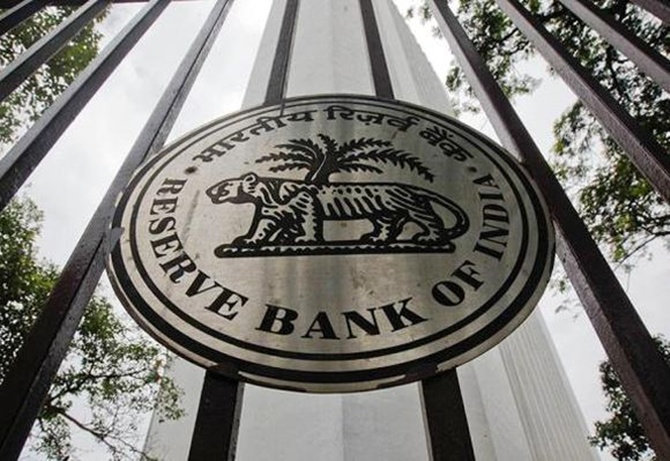
Raghuram Rajan has clearly sought to establish his credentials as an inflation fighter and the action should be seen as an indication of how monetary policy will operate during his term.
The actions taken by the Reserve Bank of India (RBI) since the middle of July, however they may have been communicated, amounted to significant monetary tightening.
The clearest indicator of this is the sharp increase in the call rate, the market interest rate on overnight borrowing, in response to the actions.
The 200 basis point hike in the marginal standing facility (MSF) rate, which is what banks pay for liquidity when all other sources are exhausted, combined with the tighter daily cash balance requirements and limits on access to the repo window pushed the call rate to the upper end of the liquidity adjustment facility corridor.
This is in contrast to the pattern before these actions were taken, when the call rate stayed close to the repo rate, that is to say, in the middle of the corridor.
...

RBI Governor Raghuram Rajan’s first set of monetary policy actions must be seen against this backdrop. By lowering the MSF rate by 75 basis points, he has effectively brought down the call rate by a similar amount.
In the current framework, this should be seen as loosening. In doing this, the policy addresses to some extent the concerns that had been expressed about the impact of the previous round of actions on an already fragile growth situation.
In any case, some rollback of those actions in the light of recent developments and their impact on the rupee had been generally anticipated. What took some observers by surprise, though, was the 25 basis point hike in the repo rate.
However, the rationale for this move is essentially that it has no immediate impact on the call rate, which is currently at the upper end of the corridor. Its value, therefore, lies entirely in the signal it sends about Dr Rajan’s high priority on inflation control.
...

So, it would seem, then, that he has killed two birds with one stone; he has effectively loosened the monetary stance in the immediate term by bringing the call rate down, but simultaneously tightened it over a longer horizon by pushing the floor up.
In doing the latter, Dr Rajan has clearly sought to establish his credentials as an inflation fighter and the action should be seen as an indication of how monetary policy will operate during his term.
The former move was simply taking advantage of the room that had been created by the recent actions.
This room will run out soon; the next initiative on October 29, if not before, will most likely be to bring the MSF rate back to 100 basis points above the repo rate, which itself may be raised by another 25 basis points in response to higher inflation numbers.
...

Beyond that, the tone of last Friday’s statement suggests that monetary policy will remain tight as inflationary pressures intensify as a result of rupee depreciation and persistent supply bottlenecks.
For people who, perhaps naively, believed that the new regime at the RBI would swing the policy stance decisively towards stimulating growth, this will come as a rude shock. If anything, Dr Rajan’s stance may be even more hawkish than his predecessor’s.
But more seasoned observers should not be surprised at all. His views on monetary policy when he had full freedom of expression presage his actions last Friday and, presumably, for the rest of his term.